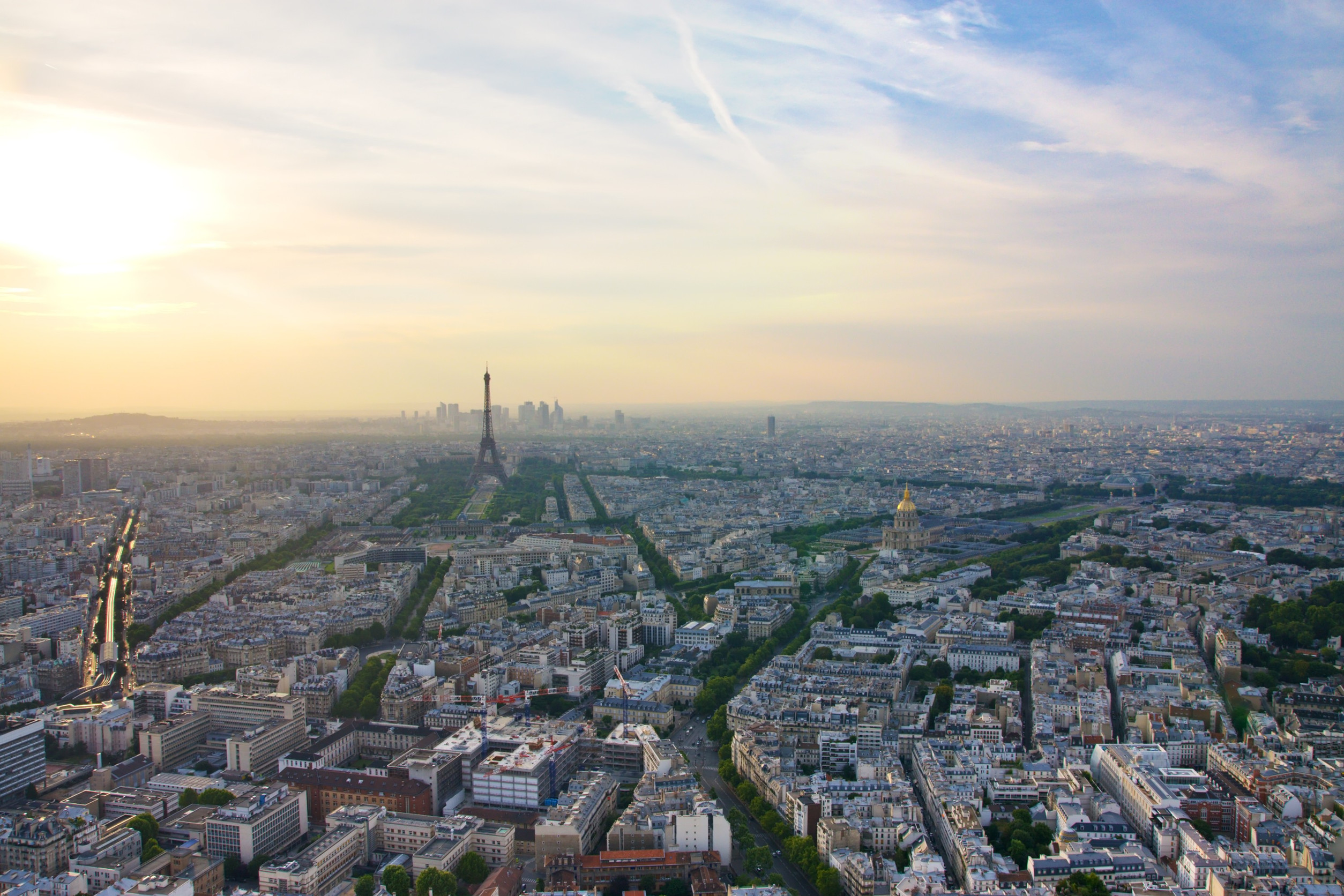For generations, we have been powering our lives with greenhouse gas-emitting fossil fuels, damaging the environment and negatively impacting our atmosphere. Today, the effects of fossil fuels are tangible as we face climate change. Human innovation is making renewable sources of energy more accessible, but to avoid the most extreme consequences of climate change we will have to completely replace fossil fuels quickly.
Fortunately, sustainable power is a fast-growing industry, with solar power being one of the most rapidly developing sources of electricity in the world. Researchers believe that approximately 2 million acres of land will be required for planned utility-scale solar projects in the US alone. But where are we going to find the space to accommodate it all?
Flat agricultural land is highly sought out by solar developers because solar arrays thrive under the same conditions required for growing crops: light winds, moderate temperatures, and of course, lots of sunlight. However, urban and residential expansion has already taken over a lot of US farmland, and farms that opt to sell their land to solar developers receive a lot of criticism from agricultural communities who hate to see their prime lands out of production. But what if agriculture and solar power could coexist or better yet, work together?
Solar developers are investigating the possibility of making solar farms “green” through agrivoltaic farming—elevating solar panels and planting grass, crops, or vegetation native to the region to support pollinators.
Agrivoltaic farming allows for farmers to stay on their property and maintain as many of their crops as possible while earning consistent revenue from solar power. The land space lost by hosting the solar arrays is compensated by the consistent rent paid by solar developers.
More data needs to be collected, but evidence suggests that solar and agriculture could be mutually beneficial. Panels are kept cooler by about 16 degrees by the greenery grown beneath them, allowing them to produce 2 percent more electricity while crops benefit from the protection provided by the solar arrays.
For instance, around a decade ago, intensified heat and strong sunlight started to degrade the taste and alcohol content of wine produced in southern France. With the help of maneuverable solar panels that provide full sun in the morning and protection from the heat of the afternoon, vines needed 20 percent less water, and the wine produced had improved acidity. Also, in Arizona, tomatoes, jalapeños, and chiltepin peppers that were cultivated under the shade of solar panels bore twice as much fruit.
In addition to shading plants from the severe heat of the sun, solar arrays offer protection from frost at night, lengthening the growing season for crops grown beneath them and ultimately resulting in higher yields.
The Energy Department lab is researching 19 sites across the US to find out region-specific information about which vegetation pairs best with solar arrays. This information could have important implications for growing food in a rapidly warming world and is essential to persuade both solar developers and farmers to switch to agrivoltaics.











